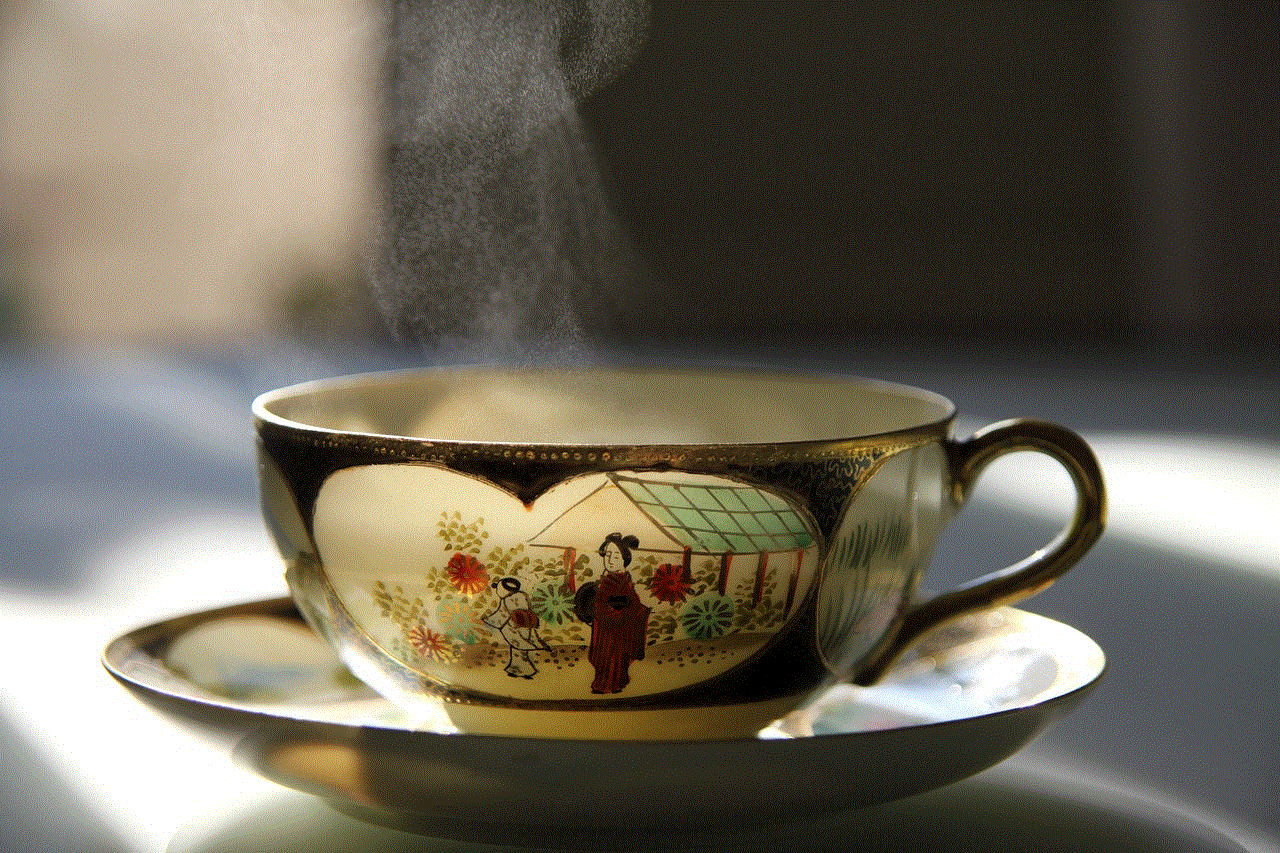synonym for sick
When we think of the word “sick”, a few things may come to mind. It could mean someone is physically unwell, suffering from a cold or flu. It could also mean someone is mentally unwell, struggling with a mental illness. But what if we looked at “sick” from a different perspective? What if we saw it as a synonym for “unwell” in a broader sense? In this article, we will explore the concept of being “sick” in a more holistic way, incorporating physical, mental, and emotional well-being. We will delve into the causes and effects of sickness, as well as ways to prevent and treat it.
To start, let’s take a closer look at the physical aspect of being “sick”. As mentioned earlier, the most common understanding of this term is related to physical illness. Being sick can range from a mild cold to a severe disease. It could be a short-term sickness, like a stomach bug, or a chronic illness, like cancer. Whatever the case may be, physical sickness can greatly impact a person’s life. It can cause discomfort, pain, and even lead to disability or death.
So, what causes physical sickness? There are many factors that can contribute to it. One of the main culprits is a weakened immune system. Our immune system is responsible for fighting off viruses, bacteria, and other foreign invaders that can make us sick. When our immune system is compromised, either due to genetic factors or external factors like poor nutrition and lack of exercise, we become more susceptible to getting sick. Other causes of physical sickness include exposure to toxins, allergens, and infectious agents, as well as genetic predispositions.
Now, let’s shift our focus to the mental aspect of being “sick”. Mental illness is a broad term that encompasses a range of conditions that affect a person’s mood, thinking, and behavior. It includes disorders like anxiety, depression, bipolar disorder, and schizophrenia. Mental illness is just as prevalent as physical illness, with millions of people worldwide suffering from it. However, it is often stigmatized and not given the same level of attention and treatment as physical illness.
So, what causes mental illness? Similar to physical sickness, there are many factors that can contribute to it. Genetics, environmental factors, and life experiences can all play a role in the development of mental illness. For example, someone with a family history of depression may be more likely to develop it themselves. Similarly, someone who experiences trauma or abuse in their life may develop an anxiety disorder as a result. It’s important to note that mental illness is not a personal choice or a sign of weakness. It is a legitimate medical condition that requires proper treatment and support.
Moving on to the emotional aspect of being “sick”. While physical and mental illness have more tangible and measurable symptoms, emotional sickness can be a bit harder to define. It refers to a state of imbalance or distress in our emotional well-being. It could be a temporary feeling of sadness or a more chronic condition like burnout or compassion fatigue. Emotional sickness can also manifest in different ways, such as anger, anxiety, or apathy.
So, what causes emotional sickness? As with physical and mental illness, there are various factors that can contribute to it. One of the main causes is stress. When we are under constant stress, our emotional well-being can suffer. This could be due to work, relationships, or other external factors. Additionally, unresolved trauma or unaddressed mental health issues can also lead to emotional sickness. It’s essential to pay attention to our emotional well-being and address any issues before they escalate into more severe conditions.
Now that we have a better understanding of the different aspects of being “sick”, let’s explore ways to prevent and treat it. The first step in preventing sickness is maintaining a healthy lifestyle. This includes eating a balanced diet, getting enough exercise, and getting adequate rest. By taking care of our physical health, we can strengthen our immune system and reduce our chances of getting sick. It’s also crucial to prioritize our mental and emotional well-being. This could involve practicing self-care, seeking therapy or counseling, and setting boundaries in our relationships and daily life.
When it comes to treatment, it’s essential to seek professional help. Whether it’s a physical illness, mental illness, or emotional sickness, there are trained professionals who can provide support and treatment. This could be a doctor, therapist, nutritionist, or even a support group. It’s crucial not to ignore any symptoms and to seek help as soon as possible. The longer we wait, the more challenging it can be to treat the illness.
In addition to seeking professional help, it’s also essential to have a support system. This could be friends, family, or a community that can provide emotional support and understanding. Having a support system can make a significant difference in our recovery and overall well-being. It’s also crucial to educate ourselves and those around us about different forms of sickness. By reducing the stigma and increasing awareness, we can create a more supportive and understanding environment for those who are struggling.
In conclusion, the term “sick” goes beyond its traditional meaning of physical illness. It encompasses physical, mental, and emotional well-being and can manifest in different ways. The causes of sickness are varied, and prevention and treatment require a holistic approach. It’s crucial to prioritize our health and seek help when needed. By understanding and addressing the different aspects of sickness, we can live healthier and happier lives. So, let’s take care of ourselves and those around us, and remember that being “sick” is not a sign of weakness but a reminder to prioritize our well-being.
current teen slang
Teenagers today are constantly evolving, and with that, so is their slang. It seems like every day there is a new word or phrase that pops up and confuses the older generations. However, keeping up with current teen slang is important for parents, educators, and anyone who wants to stay in the loop with this ever-changing age group. In this article, we will explore the world of teen slang, its origins, and its impact on today’s youth.
First and foremost, let’s define what slang is. Slang is a type of language that is informal, often used among a particular group of people, and constantly changing. It is a way for people to express themselves and create a sense of belonging within a group. Slang can be traced back to ancient times, but it gained popularity in the 19th and 20th centuries with the rise of urbanization and youth culture. However, with the rise of technology and social media, slang has taken on a whole new level, especially among teenagers.
Teenagers are known for their rebellious nature and desire to stand out and be different. Slang plays a huge role in this aspect. It is a way for them to create their own language and identity, separate from the adults and mainstream society. It is also a form of communication that allows them to bond and connect with their peers. In a way, slang is a secret code that only teenagers understand, making them feel like they are part of an exclusive group.
Now, let’s dive into the current teen slang that is popular among today’s youth. One of the most common slang words used by teenagers is “lit.” This word means something is exciting, fun, or cool. It originated from the term “lit up,” which was used to describe a person who was drunk or high. However, teenagers have taken the term and given it a new meaning. Another popular word is “savage.” This word is used to describe someone who is fearless, confident, or ruthless. It is often used as a compliment, and teenagers use it to describe themselves or their friends.



The rise of social media has also brought about new slang words. For example, “sksksk” and “and I oop” have become popular phrases among teenagers, especially on platforms like tiktok -parental-control-effectively-in-2023″>TikTok and Instagram . “Sksksk” is often used as an expression of excitement or laughter, while “and I oop” is used to express shock or surprise. These phrases have become so popular that they have been turned into memes and merchandise, showing the impact of teen slang in the digital world.
Teenagers also have their own vocabulary when it comes to relationships and dating. Terms like “ghosting,” “breadcrumbing,” and “cuffing season” have become common among teenagers. Ghosting refers to when someone suddenly stops communicating with you, often in the context of a romantic relationship. Breadcrumbing is when someone gives you just enough attention to keep you interested but never fully commits. And cuffing season refers to the time of year when people are looking for a romantic partner to “cuff” or be in a relationship with during the colder months.
Of course, not all teen slang is innocent and harmless. Some words and phrases can be offensive or derogatory, and it’s important for teenagers to understand the impact of their words. For example, the word “thot” is often used to slut-shame women, and the word “gay” is often used as a derogatory term to describe something or someone as stupid or lame. It’s crucial for parents and educators to have open and honest conversations with teenagers about the consequences of using offensive language and the importance of being respectful towards others.
One of the most fascinating aspects of teen slang is how it evolves and spreads. With the rise of social media, words and phrases can become popular overnight. A simple post or video can go viral, and suddenly a new slang word is being used by teenagers all over the world. This fast-paced nature of slang makes it challenging for anyone outside of the teen world to keep up. However, it also shows the power and influence of social media in shaping language and culture.
Moreover, teen slang has also been integrated into mainstream media and popular culture. You can often hear teenagers using slang words in TV shows, movies, and songs. This not only shows the impact of teen slang but also how it is constantly evolving and being adopted by different groups of people. However, this integration into mainstream media can also lead to the dilution and eventual death of slang words, as they become overused and lose their original meaning.
In contrast to this fast-paced evolution of slang, there are also some words and phrases that have stood the test of time. For example, “cool” and “dude” are words that have been used by teenagers for decades and are still popular today. This shows that while slang may change, the need for teenagers to express themselves and create their own language remains constant.
In conclusion, current teen slang is a fascinating aspect of youth culture. It is a way for teenagers to express themselves, create a sense of belonging, and rebel against mainstream society. It is constantly evolving and being influenced by technology and popular culture. While some words and phrases may be harmless and fun, others can be offensive and have a negative impact. It’s important for parents and educators to stay informed and have open conversations with teenagers about the use of slang and its impact. After all, understanding and embracing teen slang is a way to bridge the generation gap and connect with today’s youth.
what does tbh stand for in text
TBH is an acronym that has become increasingly popular in recent years, especially in the world of texting and social media. It stands for “to be honest” and is often used as a way to express one’s genuine thoughts or feelings about a particular topic or situation. While it may seem like a simple and innocuous phrase, there is actually a lot more to TBH than meets the eye. In this article, we will delve deeper into the origins and usage of TBH, as well as its impact on communication and relationships in the digital age.



To understand the significance of TBH, it is important to first look at its origins. While it is now commonly used in online communication, the phrase actually dates back to the 1990s when it was first used in chat rooms and online forums. Its use began to increase in the early 2000s with the rise of social media platforms such as Facebook, Twitter, and Instagram. Today, it is a popular hashtag on these platforms and has also made its way into everyday conversation, especially among younger generations.
One of the main reasons for the popularity of TBH is its versatility. It can be used in a variety of ways, depending on the context and tone of the conversation. For instance, it can be used as a way to express sincerity and honesty, as in “TBH, I really appreciate your help.” It can also be used as an opener to share one’s true thoughts or feelings, as in “TBH, I don’t really like that new song.” In some cases, it can even be used as a form of flattery, as in “TBH, you have the best sense of style.” This flexibility has made TBH a go-to phrase for many people looking to express themselves online.
Another reason for the popularity of TBH is its brevity. In a world where communication is becoming increasingly fast-paced and instant, shorter phrases and acronyms have become the norm. TBH is just three letters, making it easy to type and understand, even in the midst of a quick conversation or comment thread. This has also contributed to its widespread usage, as it allows people to express themselves without taking up too much time or effort.
However, while TBH may seem harmless and even convenient, it has also sparked some debate and criticism. One of the main concerns is that the phrase has become overused and has lost its true meaning. Some argue that people use TBH as a way to soften the blow of a potentially negative statement, using it as a shield to avoid confrontation or backlash. For instance, someone may say “TBH, I don’t like your outfit” instead of simply saying “I don’t like your outfit.” This can lead to insincerity and a lack of genuine communication.
Moreover, the use of TBH has also been criticized for its potential to promote a culture of judgment and comparison. On social media, it is common to see posts asking for others to comment “TBH” and then share their honest opinion about the person or their appearance. While this may seem harmless, it can have negative effects on self-esteem and body image. It can also create a toxic environment where people are constantly seeking validation and approval from others, rather than being confident in themselves.
Despite these criticisms, TBH continues to be a prevalent part of online communication. In fact, its usage has expanded beyond just the phrase itself. People have now started using variations such as “TBH-ing” (verb) or “TBH-worthy” (adjective) to describe something that is worth being honest about. It has also been used in memes and jokes, further cementing its place in modern internet culture.
So what does the popularity of TBH say about the way we communicate in the digital age? One could argue that it reflects our desire for authenticity and connection in a world that is becoming increasingly virtual and detached. With the rise of social media, we now have the ability to curate our online personas and present a version of ourselves that may not always be truthful. TBH, in a way, allows us to break through this façade and share our true thoughts and feelings, even if it is just for a moment.
However, it is also important to acknowledge the potential drawbacks of this type of communication. As mentioned earlier, the overuse and misuse of TBH can lead to insincerity and a lack of genuine connection. It can also create a culture where people are constantly seeking validation and approval from others, rather than being confident in themselves. In addition, the brevity and informality of TBH may also lead to misunderstandings and miscommunication, as it can be difficult to convey tone and intention through text alone.
So, what can we do to ensure that TBH does not have a negative impact on our communication and relationships? The key is to use it with caution and thoughtfulness. Instead of using it as a way to avoid confrontation or criticism, we should strive to use it as a way to foster genuine communication and connection. This means being mindful of our intentions and the potential impact of our words on others.



Furthermore, we should also be aware of the limitations of online communication and strive to have more face-to-face interactions whenever possible. While social media and texting have their benefits, they cannot replace the depth and nuance of in-person conversations. TBH, and other acronyms like it, should not be a substitute for genuine human interaction.
In conclusion, TBH has become a ubiquitous part of modern communication, especially in the online world. Its origins and usage reflect the ever-changing landscape of technology and social media. While it has its benefits, it has also sparked some concerns and criticisms. As with any form of communication, it is important to use TBH mindfully and responsibly, and to remember that true connection and understanding can only be achieved through genuine and authentic communication. TBH, it is up to us to use it wisely.